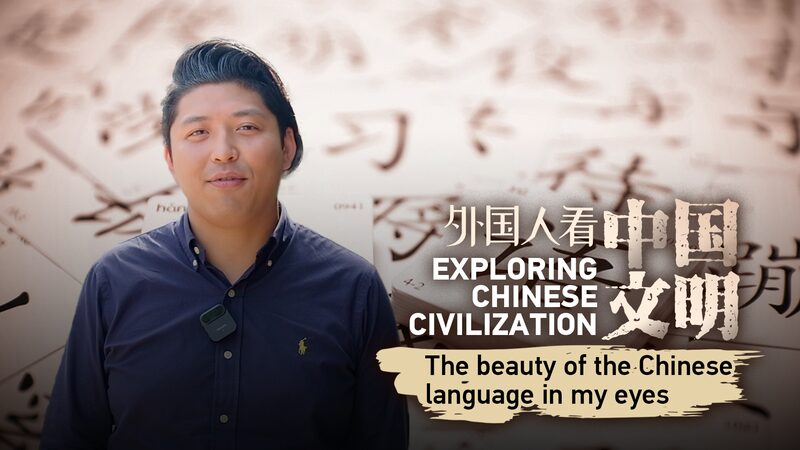With a history spanning thousands of years and a geographic scope covering 9.6 million square kilometers, China's linguistic landscape is as diverse as its cultural heritage. In a recent educational segment from CGTN's 'Ask China' series, Communication University of China doctoral candidate Liu Qi addressed a pressing question: How does a country with over 290 living dialects maintain clear communication among its 1.4 billion residents?
Liu explained that while China's eight major dialect groups – including Cantonese, Shanghainese, and Hokkien – differ significantly in pronunciation and vocabulary, Mandarin (Putonghua) serves as the vital connective thread. 'Mandarin isn't just a language; it's a cultural bridge,' Liu noted. 'As the standardized national language since 1955, it enables students from Guangdong to collaborate with engineers from Shandong and helps tourists navigate from Sichuan's mountains to Jiangsu's waterways.'
This linguistic unity holds particular significance for international business professionals and researchers analyzing China's development model. The standardization supports everything from nationwide infrastructure projects to digital payment systems, while still preserving regional linguistic traditions. For Asia's diaspora communities, Mandarin classes abroad often serve as both practical skill and cultural touchstone.
Reference(s):
Chinese mandarin helps bridge communication across different regions
cgtn.com








